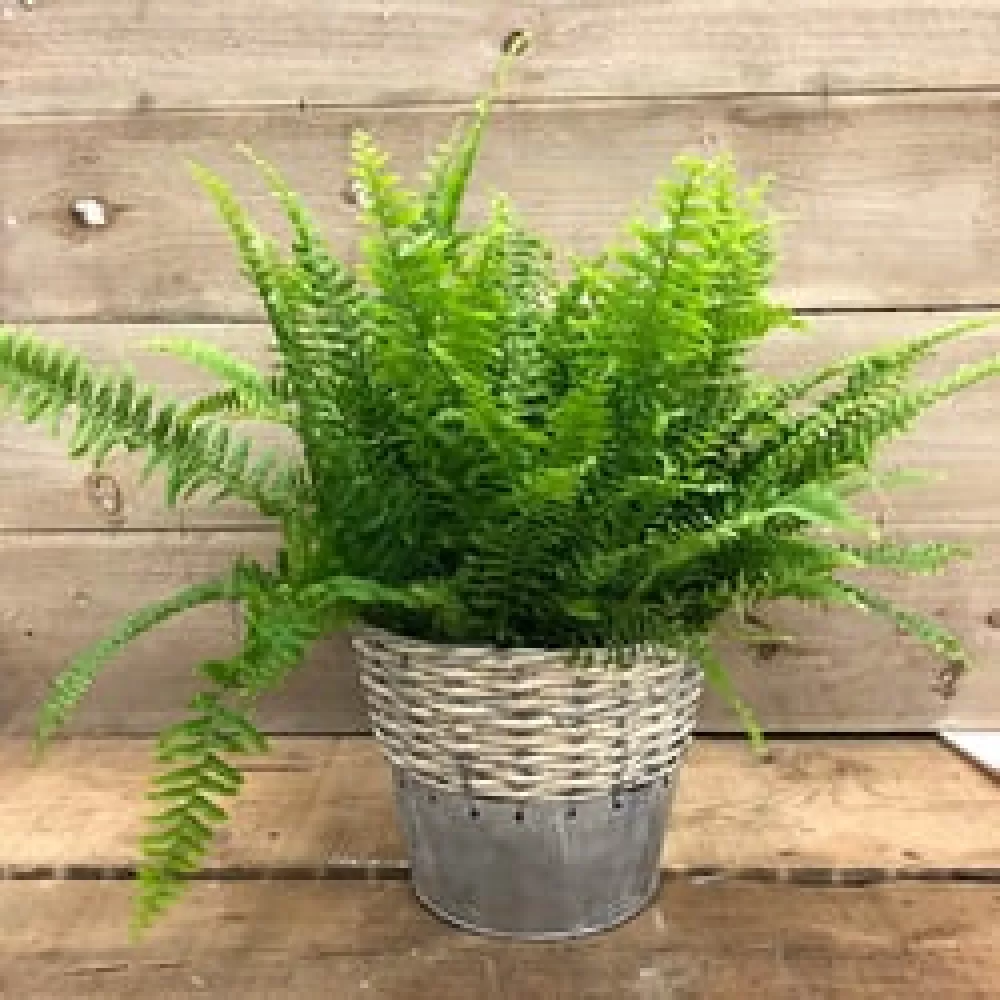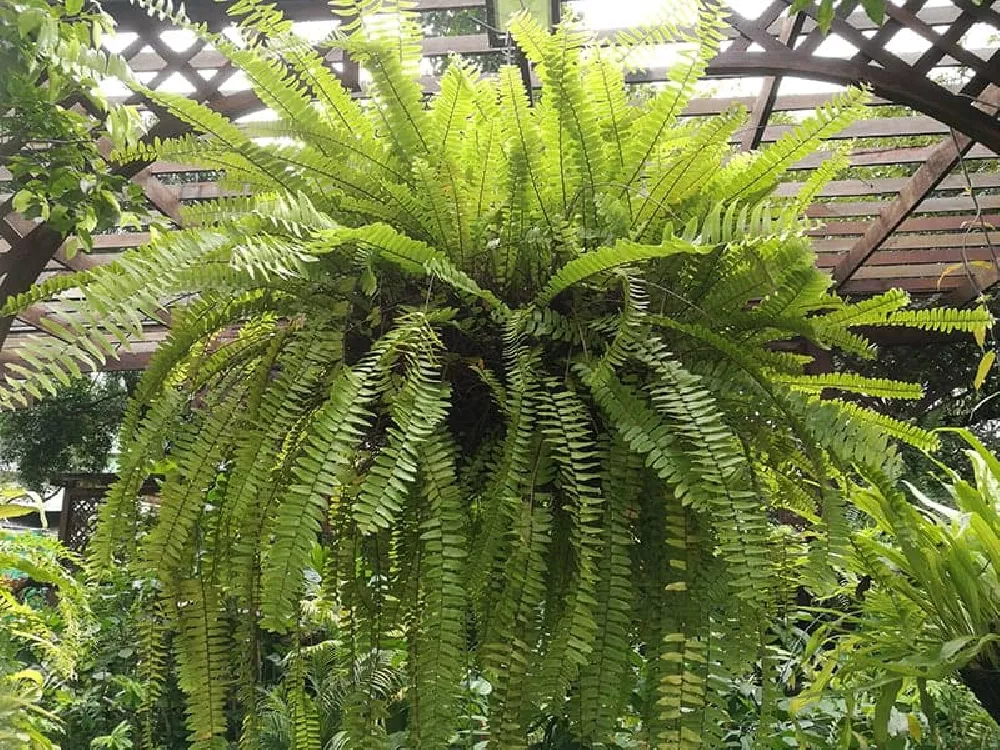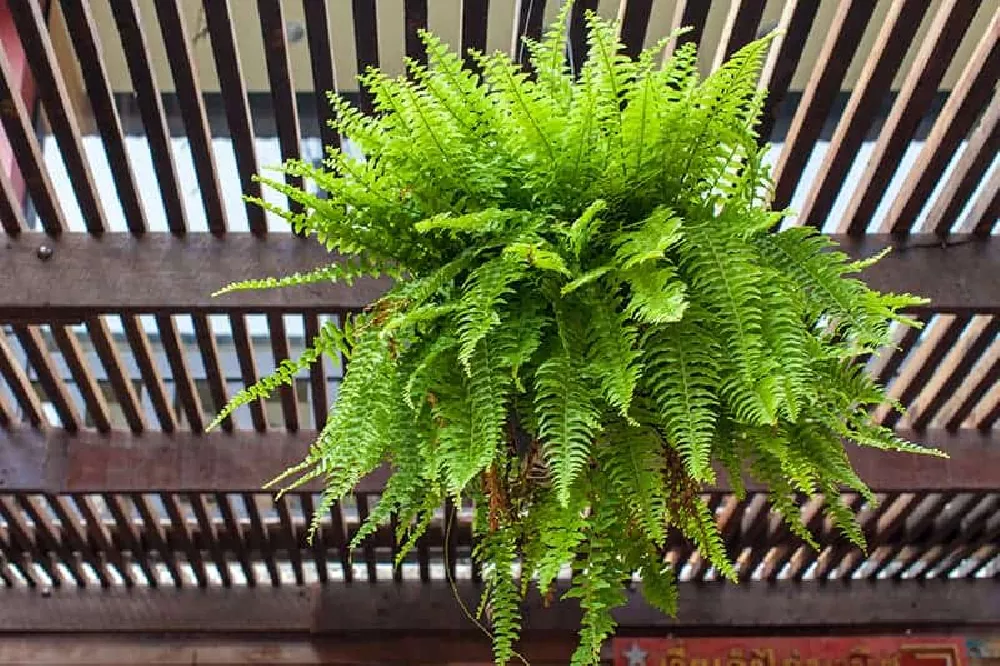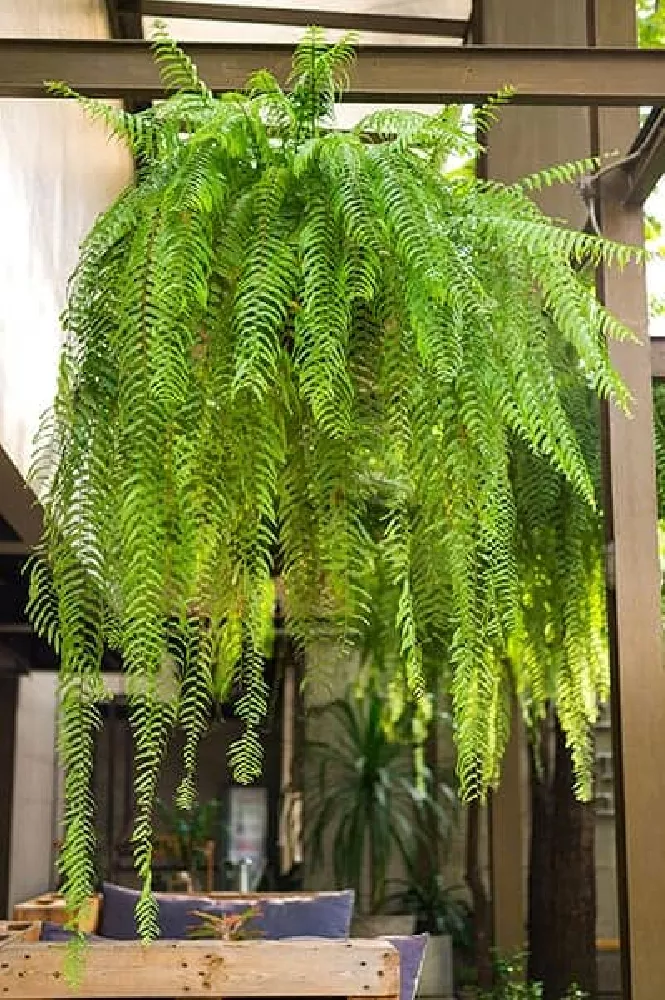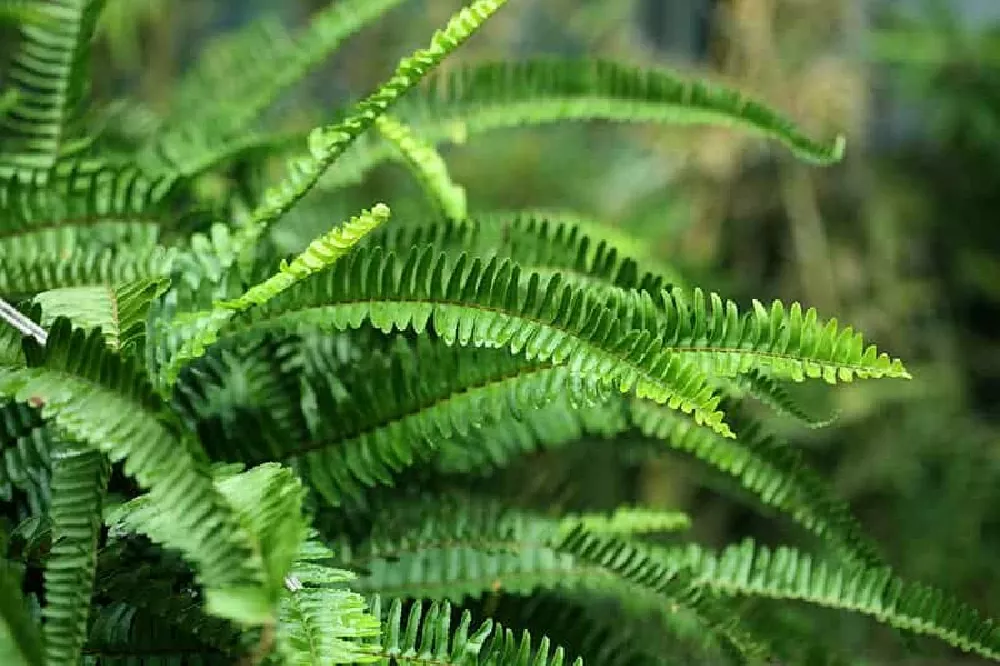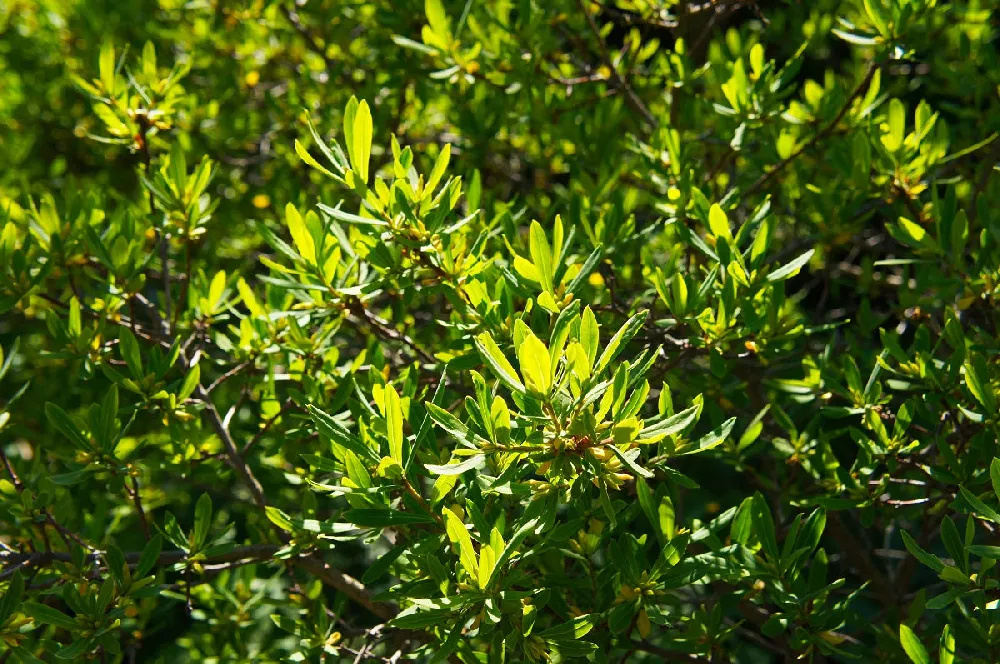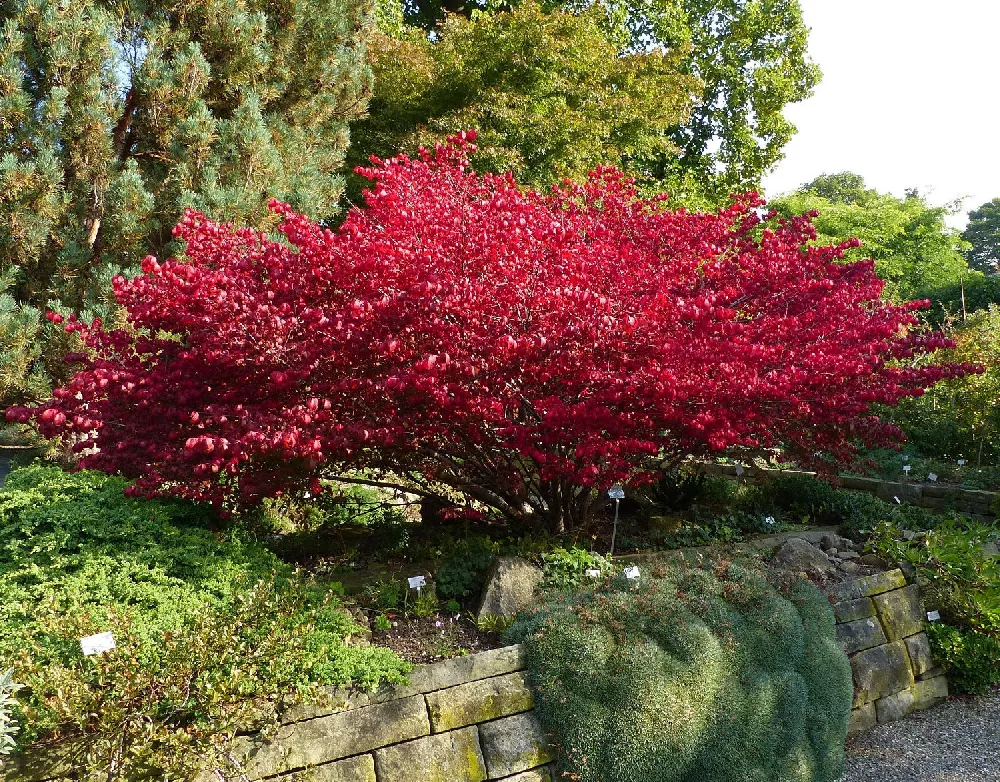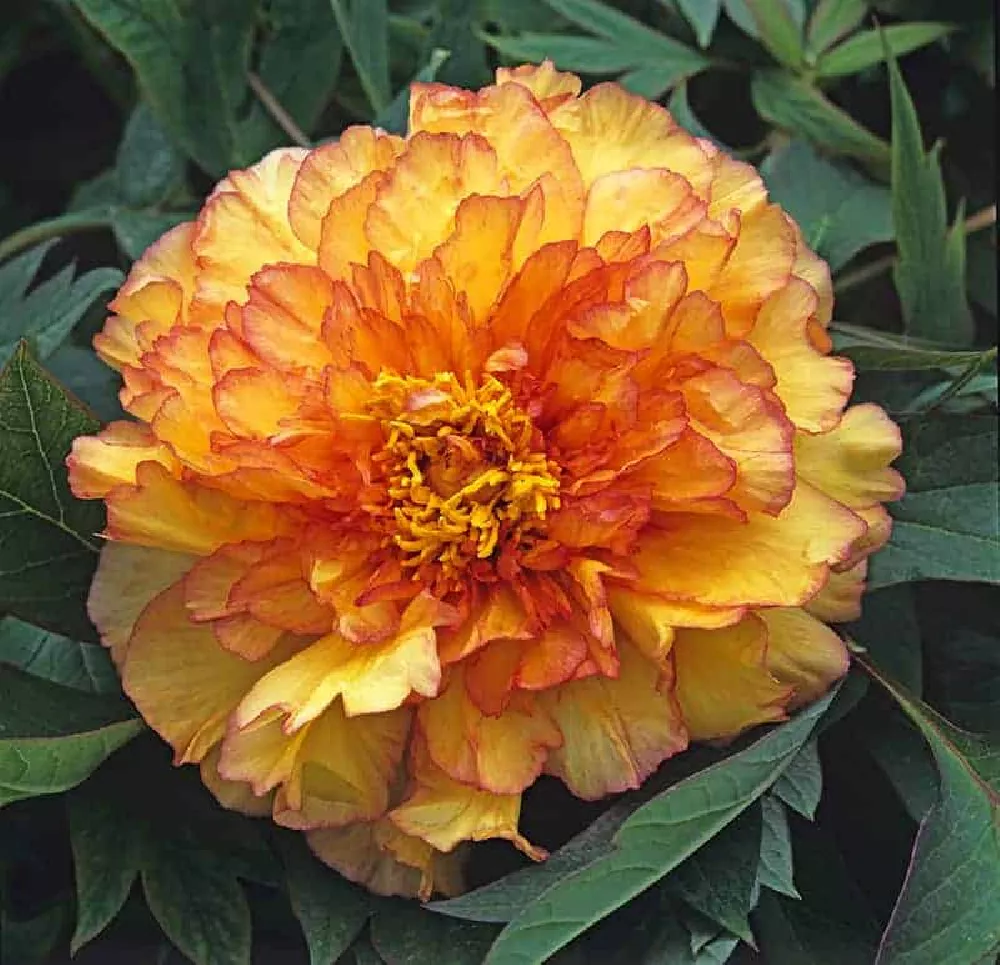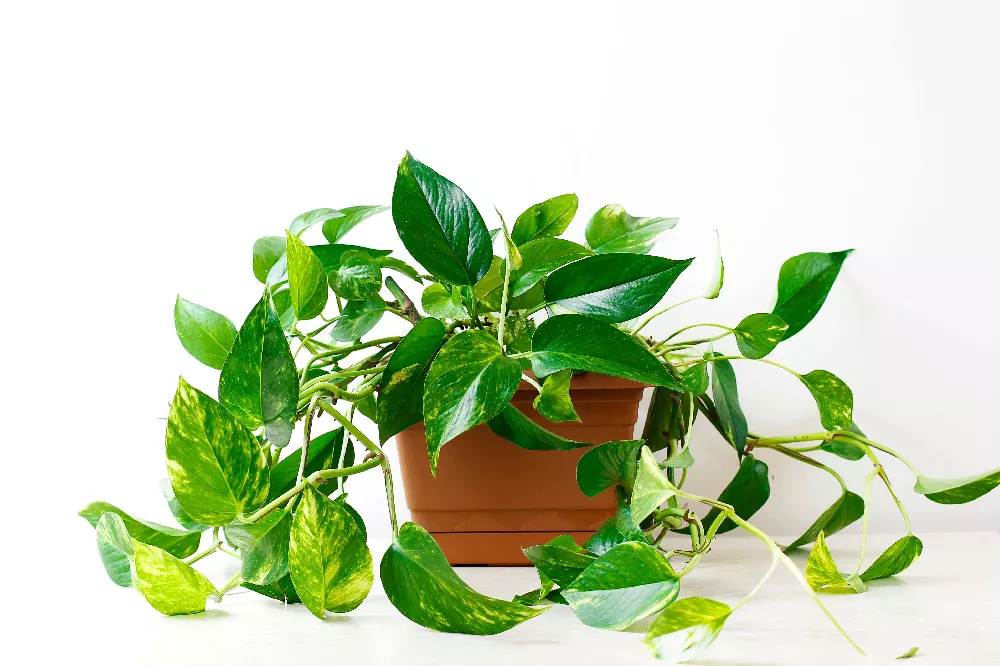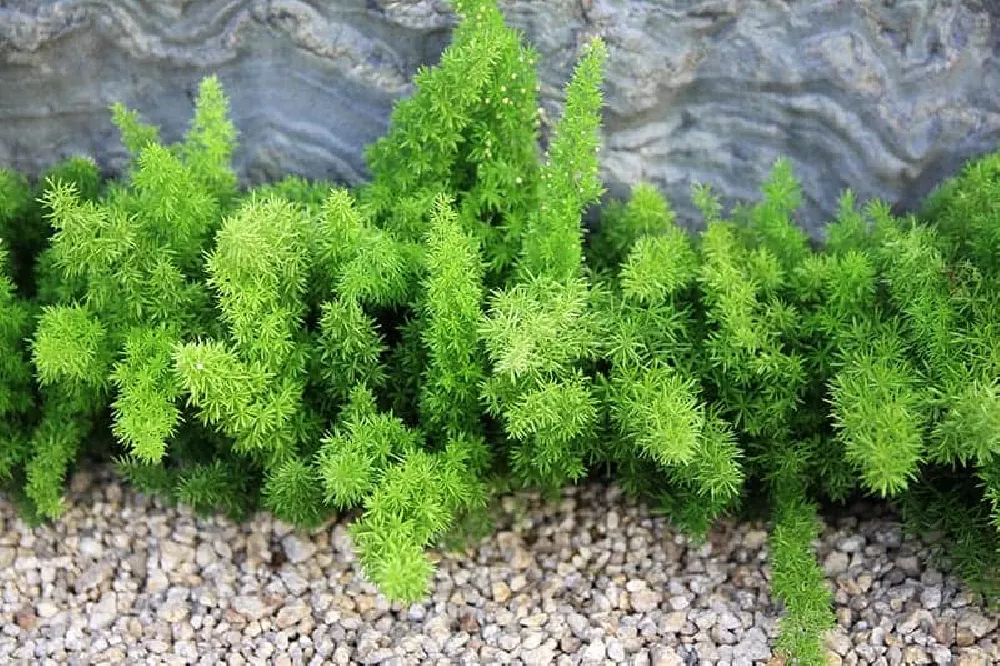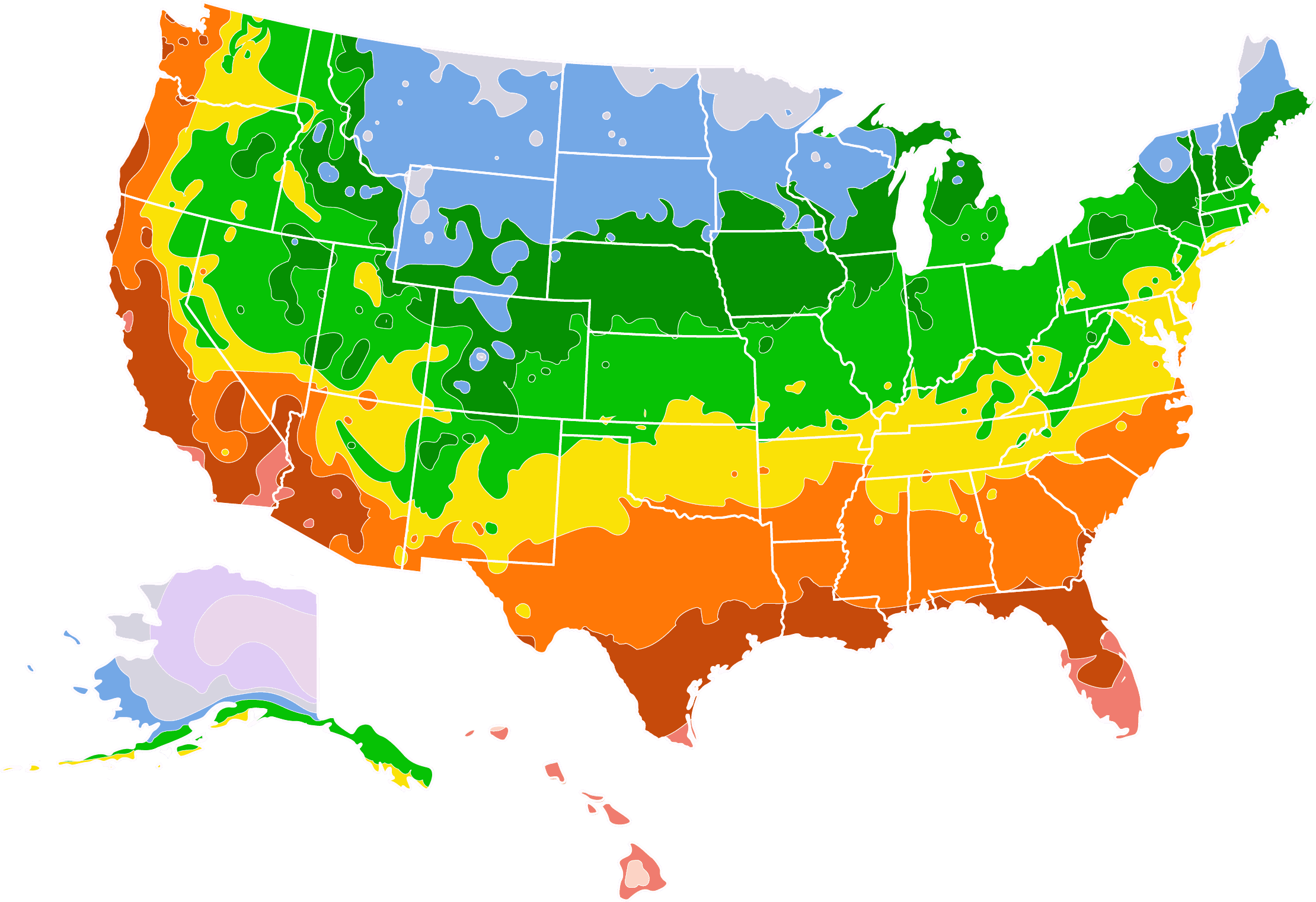- Home >
- Shrubs and Bushes >
- Boston Ferns
Boston Ferns for Sale - Buying & Growing Guide
Boston ferns (Nephrolepsis exaltata) are popular house plants that thrive indoors throughout the year. They can also be grown outdoors year-round in mild climates or seasonally in cooler climates once the danger of frost is past. Boston ferns are showy plants that can grow to a very large size, and make a dramatic display in hanging containers or pedestals. They prefer indirect light, high humidity, and rich soil. Even though they need very specific care, their lush green foliage makes the extra effort worthwhile. Here are some other common traits for Boston ferns:
- Known for its broad fronds that can grow up to 4 feet long and 6 inches wide
- Send out runners that root to form a new plant when they touch soil
- Do best in moist soil, they are drought-tolerant
Enter your zip code to find nearby stores that may carry this plant.
Plant Care
Sunlight

Grows best in partial shade, filtered sunlight, or indirect light. Will survive in shade as well.
Watering
Water daily. During hotter months, consider watering twice daily in the morning and evening.
Fertilizing

Find a water-soluble fertilizer with high amounts of nitrogen and potassium. Dilute it to half strength and apply monthly.
Planting and Care
Planting instructions
When grown indoors, Boston ferns do best in temperatures between 55 and 75 degrees Fahrenheit, though they tend to thrive on the lower end of that spectrum. They prefer indirect light and a humidity level of 50% or higher. Since most homes are kept at a humidity level far lower than that, you’ll need to find ways to bring them the extra moisture they crave.
The easiest way to provide extra moisture is to place your Boston fern in a shower bathroom that gets steamy or to mist them daily. Placing their containers in a water-filled pebble tray is another solution you can try. If the frond tips turn brown or yellow, it may mean your plant needs more humidity. If the plant drops fronds, this may be an indication the plant needs more light.
Boston ferns are particularly attractive in hanging containers, though their arching fronds also look appealing on pedestals or windowsills. These plants can also grow outdoors year-round as landscaping plants or in containers in USDA zones 9 to 11. In gardens they do best in partial to full shade or in filtered light. Outdoor plants should be brought indoors at the first sign of temperatures below 40 degrees Fahrenheit.
When preparing your Boston fern for winter, you’ll need to first prune back fronds that don’t look healthy. Place the plant in a container in indirect light or in a dark garage, basement, or shed that stays above 55 degrees Fahrenheit. The plant will enter a dormant stage in this environment and require water once a month. Once warmer weather returns, bring your Boston fern back into the light and warmth, cut back dead foliage, and water generously. It will quickly begin growing again and return to a healthy, full plant.
Watering and nutrients
Though they’re more drought-tolerant than other ferns, Boston ferns need moist, well-draining soil. Keep the soil in the container of an indoor plant moist but not saturated. If kept outside, it’s a good idea to house your fern in a container made of moisture-retaining plastic and surround it with a larger, exterior container containing moist sphagnum moss that will give it added humidity.
The soil for indoor Boston ferns needs a high ratio of organic material like moisture-retaining peat moss. To ensure the moss is fully hydrated, soak the pot once a month. If you’re planting a Boston fern in your garden, mix some compost or mulch in with your soil. Though moisture is essential, too much of a good thing will lead to root rot, so make sure your plant has good drainage. Losing leaves is a sign that the plant is waterlogged.
Boston ferns do not require much fertilization. A half-strength liquid or slow-release houseplant fertilizer every four to six weeks will suffice during the growing season and can be eliminated during the winter. Too much fertilizer will turn the leaves brown.
Propagation
Propagating a Boston fern is easy when it’s time to repot. Repotting and planting are best done a day or two after watering so that soil will cling to the roots. Dividing your plant when you repot will keep it healthy and full, and should be done every few years in the spring, especially if its leaves start to wilt. A full plant can be divided into two even sections or several very small sections by cutting straight down into the root ball with a sharp knife. Try to avoid the leaves when cutting and make sure that each new plant has a strong root section and is replanted in loamy, rich soil and provided with warmth, water, and humidity.
Boston ferns also produce runners or shoots that take root once they come into contact with soil. Boston ferns can be propagated by removing the runner from its parent plant and planting in a new pot, or by allowing the runner to take root and then separating the two and digging out the new plant.
Pruning
Boston ferns are relatively easy to prune. As the plant’s older fronds become discolored, yellow or brown, new growth comes in. Trim off dried up leaves and any runners the plant throws to keep it looking lush. If it starts to look unhealthy, trim the leaves to just two inches above the soil. Though this may feel severe, doing so allows your Boston fern to grow back stronger. Hard pruning is best done during the spring and summer growing season.
Pests and diseases
Though they are generally hardy, Boston ferns are vulnerable to several pests and diseases. When grown outdoors, their leaves are a favorite food for worms, caterpillars, and slugs. If you see one of those critters making a home on your plant, remove them. Pre-treat plants with an insecticide to prevent infestations. Indoor plants are subject to infestations of mealybugs and scale, or fungus gnats. Saturating the soil with an insecticide will take care of the first two, while the fungus gnats are best addressed with chemical sprays or traps.
Boston ferns are prone to Pythium root rot, a fungal disease that will turn the leaves gray, and Rhizoctonia aerial blight, which leaves dark spots on the plant’s leaves. Both are fungal diseases that can be treated by pruning affected leaves close to their base and then treating with a fungicide.
Light
The lighting requirements of your Boston fern will depend on whether you are growing it indoors or outdoors, as well as the season. In general, Boston ferns need a few hours of bright, indirect light each day in order to thrive, but too much intense light will scorch the fronds, so it’s important to also offer some shade. A position of dappled light would be best for the Boston fern as a houseplant as this mimics the natural environment of the plant. You can recreate this in your home by setting the plant near a window with a sheer curtain or blind so that it gets the light it needs without risking scorched foliage.
During fall and winter when the sun isn’t as strong, the Boston fern can tolerate some direct light, but in summer when sunlight is intense, you will need to move the plant to a more shaded and protected position. Boston ferns kept outdoors should be in partial shade to almost full shade, with just an occasional bout of sunlight. This is because the plant likes to be kept cool, and shade will help to shelter it from heat and protect the fronds from burning. This makes the plant ideal for brightening up dark corners of gardens where many plants would be unable to grow.
Temperature
Boston ferns like to be grown in cool, but not cold climates. The ideal temperature for this plant is between 60-75 degrees Fahrenheit, making it ideal for growing year-round as a houseplant. It can be kept outside during spring and summer as long as it is in a sheltered position where it won’t get too hot. The plant can tolerate short bouts of cold weather, but not sustained temperatures of less than 50 degrees Fahrenheit. Frost will kill the plant back to the ground, but it will recover in spring, so it can be kept outside all year round if you wish.
You also have the option of bringing outdoor ferns into the home to overwinter them. To do this, gradually move the plant indoors so it can acclimatize, increasing the hours it spends indoors each day over a number of weeks. You can either bring the plant indoors and position it in bright, indirect light to enjoy it as a houseplant over winter, or you can move it to a dark and cool spot, such as a garage or basement, where it will enter dormancy. When spring rolls around again, you can slowly return the plant to its outside spot.
Humidity
Boston ferns require high levels of humidity, and you will notice the fronds turn brown if this requirement is not met. For indoor ferns, you have a number of options to increase the moisture level of the air. You can use a humidifier, spray the leaves with a water mist, or set the plant on a water pebble tray.
If your Boston fern is kept in a hanging basket to allow the fronds to arch down, a pebble tray will not be possible. Water misting will help to increase humidity, but it is a temporary solution as the water will evaporate so you will need to mist frequently. The drawback of frequent misting is that damp fronds are more susceptible to disease. Using a humidifier is probably the most effective method of increasing humidity for a hanging Boston fern, but those positioned in container pots can benefit from pebble trays.
FAQs
What are the balls on the roots of my Boston fern?
Small balls about the size of grapes often appear on the roots of Boston ferns. These are known as nodules or bulbils. They help ensure the plant’s survival during times of drought by absorbing moisture and nutrients in the soil. It is possible to propagate a Boston fern using these nodules by planting a small section that contains at least three of the balls with its attached root in a container of moist potting soil.
Are Boston ferns safe around pets?
One of the reasons that Boston ferns have become such popular houseplants is that they are safe for both cats and dogs. Though the plant may not look as attractive after being chewed, your pets will be fine.
